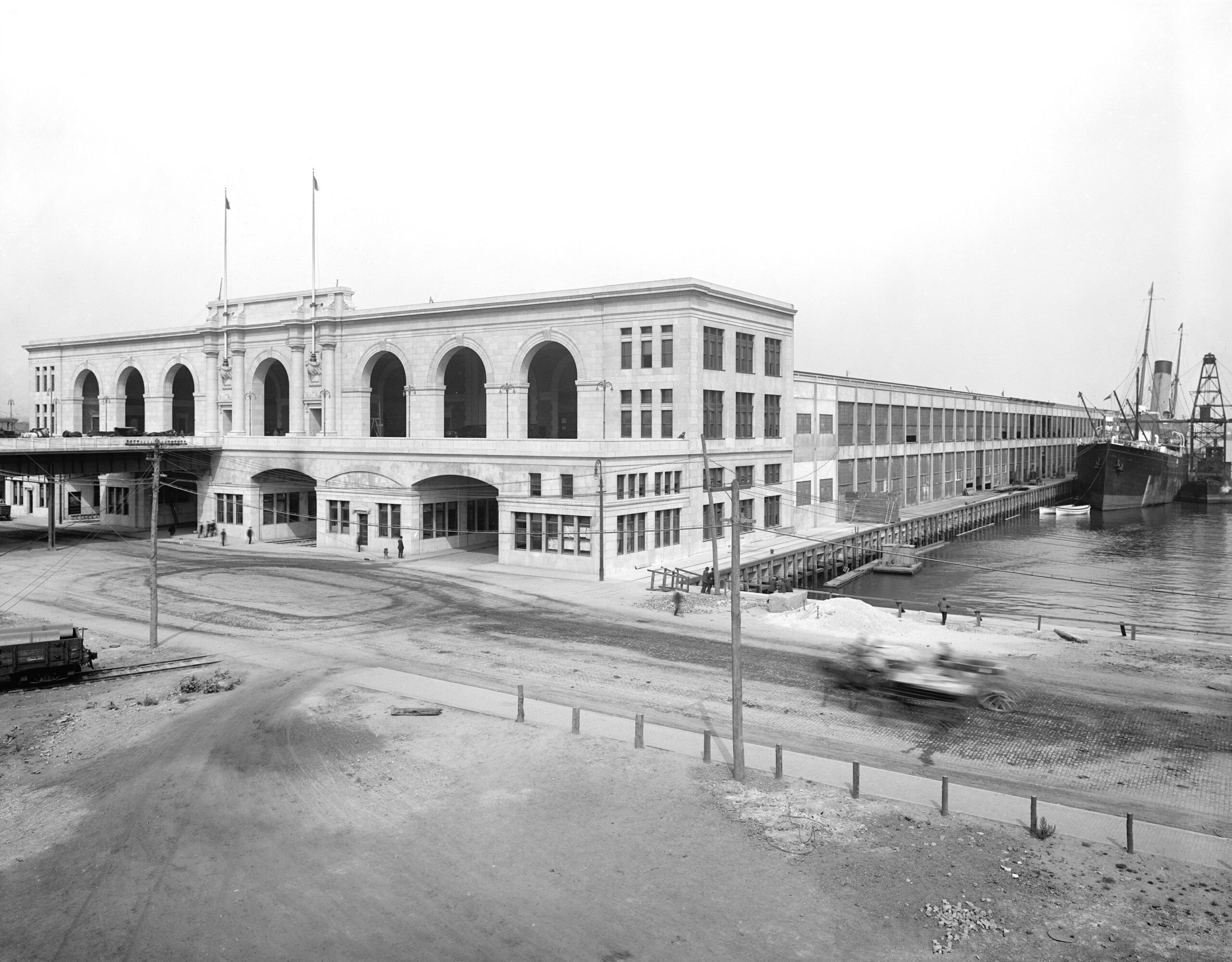Boston’s Seaport was little more than a windswept stretch of asphalt and aging warehouses a couple of decades ago. Now, it’s a billion-dollar real estate gold mine that finds itself facing major flooding problems.
The Seaport is at the center of a study on whether flooding will compromise the neighborhood and the streets, tunnels, and utilities that connect it to the rest of the city.
The Metropolitan Area Planning Council (MAPC) found that 99% of what has been built in the Seaport in the last 25 years is at risk of flooding by 2050, according to a new study.
Even if the buildings themselves are designed to withstand flooding, the infrastructures connecting them remain vulnerable—nearly $20 billion worth of real estate lines the waterfront.
“Buyers and sellers are approaching these conversations proactively, looking for transparency and solutions rather than seeing it as a deterrent,” George Sarkis, co-founder and CEO of The Sarkis Team at Douglas Elliman in Boston, tells Realtor.com®.
“Awareness has definitely grown over the past few years, and that’s a positive shift; it encourages smarter decisions and more resilient properties.”
The report highlights how the lack of flood-history disclosure in Massachusetts leaves both buyers and renters uninformed.
The MAPC recommends requiring sellers to disclose past flood events, expanding public access to claims data, and investing in stormwater infrastructure and hazard mitigation programs. Without such measures, the economic consequences could ripple well beyond the waterfront.

Waterfront real estate
The Seaport was just a master plan back in 1997. Since then, the land across Fort Point Channel—roughly a thousand acres of parking lots and industrial land—has evolved into its own neighborhood hot spot.
But the development was built on filled-in mud flats just barely above sea level. Even back in the 1980s, there were worries about storms, floods, and melting ice caps, but the effects seemed far in the future.
“Everyone knew that there was a risk in developing that area,” longtime civic leader Ted Landsmark told The Boston Globe.
In the near term, Boston needed tax revenue, and the Seaport offered open land and a clean slate to reinvent itself.
What became of the Seaport helped usher in an era of prosperity for the city. Thousands of acres are home to law firms, scientists, companies like Amazon and Hasbro, and luxury condominiums and high-rise units with rents upward of $4,000 a month.
The median listing price in the South Boston Waterfront neighborhood, where the Seaport is located, was $1.38 million in September. That’s down 5.8% year over year, but 32.8% higher than six years ago, according to Realtor.com data.
“Home prices have risen sharply in the Boston area over the past few years. In the bustling, redeveloped Seaport District, located in the larger South Boston Waterfront neighborhood, inventory levels have increased over the past year, likely due in part to the rising cost of living,” says Hannah Jones, senior economic research analyst at Realtor.com.
Last month, alone, 114 homes were for sale in the neighborhood. The vast majority of those homes for sale are condos.
“The growth in available inventory suggests that many buyers are unwilling to meet current asking prices, signaling a shift toward a more cautious and value-sensitive market,” Jones adds.
Last year, Seaport properties generated $343 million in property taxes, about 10% of Boston’s entire tax base from less than 4% of its land, according to The Boston Globe.
Those taxes help fund essential city services across Boston—from the Public Health Commission to Public Works to the police department.
A market balancing beauty and risk
Despite the dire forecasts, many real estate professionals in Boston remain confident that the market can adapt and that waterfront living will continue to hold its appeal.
“Waterfront living will always be highly desirable, and the market is adapting in ways that balance beauty with resilience,” says Sarkis.
“Clients today are increasingly informed about flood risks and climate considerations, thanks in part to better access to data and maps.”
Sarkis says that while buyers are mindful of risk, demand remains strong. “In fact, demand for properties that combine prime location with thoughtful design and flood mitigation features has only increased,” Sarkis adds.
“Buyers are eager to invest in homes that are both beautiful and resilient, helping to sustain pricing in these highly desirable areas.”
Developers, he says, are responding to that awareness. “Developers are increasingly incorporating flood-resilient features into new projects, from elevated foundations and enhanced drainage to waterproof materials and smart landscaping,” Sarkis notes.
“These innovations are giving buyers confidence that luxury waterfront properties can be both stunning and sustainable, keeping the market vibrant.”
Even flood insurance, once seen as a red flag, has become part of a broader investment mindset. “Flood insurance is certainly a consideration, but buyers in the luxury market are approaching it as part of the overall investment picture rather than a barrier,” says Sarkis.
Looking ahead, Sarkis remains optimistic. “With thoughtful design, advanced planning, and informed buyers, flood risk becomes a manageable consideration rather than a limiting factor. I see the luxury market continuing to thrive, with buyers valuing both lifestyle and long-term security.”


The costs of a changing tide
That optimism will be tested as Boston faces mounting flood risk from stronger storms and rising seas.
The MAPC’s analysis points to lessons learned from March 2010 storms, when three record-setting rain events drenched Eastern Massachusetts in just 17 days.
At least 18 inches of rain fell—nearly 40% of Boston’s typical annual rainfall—leading to widespread flooding.
Across the region, MBTA train tracks were washed out, major roads were closed, raw sewage was spilled into Boston Harbor, and neighborhoods like Newton and Peabody were underwater. President Obama declared a major disaster for the region, triggering federal aid and flood insurance payouts.
One of the MAPC’s most sobering findings was how poorly federal flood maps predicted actual risk, with 96% of disaster claims coming from outside FEMA’s designated flood zones, meaning most residents had no idea their homes were vulnerable.
Even moderate flooding caused extensive damage: 87% of claims were for less than 1 foot of water, and many of the hardest-hit homes were built on filled wetlands, a scenario that echoes the Seaport’s origins.
The same low-lying geography that fueled the Seaport’s growth could now threaten it. “In that sense, the mistakes of the Seaport will cost us all,” the Globe reports, noting that 1 in 7 Boston residents, about 100,000 people, could be exposed to flooding by the 2050s.
If flooding devalues those properties or renders parts of the neighborhood inaccessible, it could undermine a crucial pillar of Boston’s budget, affecting such services as schools and public works.
“If buyers perceive potential risks to a property’s value, such as flood exposure, they may be unwilling to assume that risk without an appropriate price adjustment,” says Jones.

